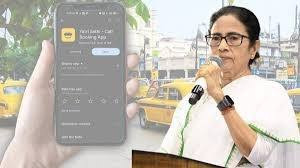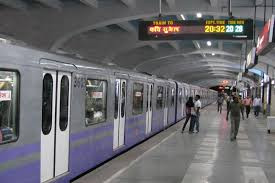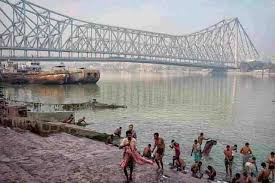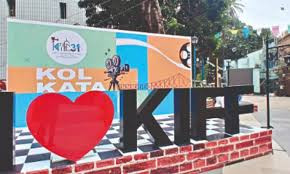Kolkata’s KMC Transforms Dhapa Dumpyard: Waste Segregation Steps Up, Turning Trash Into Profit
Kolkata, June 26, 2025 –The bold move to revolutionize urban waste management, the Kolkata Municipal Corporation (KMC) has inaugurated three modern waste-processing units at the Dhapa dumpyard this week. This initiative marks a major push toward turning waste into wealth and reducing the city’s reliance on landfills .
Mayor Firhad Hakim officially opened the Material Recovery Facility (MRF) capable of processing 100 tonnes of mixed dry waste daily, alongside two smaller units: a plastic recycling plant and a thermocol processing facility, each with a 10-tonne daily capacity .These facilities are designed to segment non-biodegradable waste—plastic films, bottles, paper, wood, textiles—rescuing valuable materials previously destined for landfills .
Hakim expressed optimism, stating these plants represent years of planning. He predicted a shift: 40% of KMC’s revenue might be generated from waste within the next two decades. He also placed advance orders for 200 recycled plastic chairs and tables for a Chetla-area government school—tangible proof of the project’s downstream benefits .
Debabrata Majumdar, council member overseeing waste management, highlighted the environmental threats of plastic and thermocol clogging drainage systems and flooding Bengal’s watercourses. He assured that KMC plans to scale up processing capacity over time .
Anirudh Poddar, MD of contractor Sterlite, detailed the plastic plant’s mission: transforming single-use and multilayer plastics into useful items such as benches, tables, and chairs . This is a vital step away from waste toward a circular product economy.
While the infrastructure is in place, KMC acknowledges that waste segregation at source—the act of separating wet and dry waste at households—remains inconsistent . The MRF will now step in to sort mixed waste, despite the additional cost. A senior official indicated KMC will soon expand public education, improve collection systems, and ramp up recyclers’ involvement.
Khudrup Singh, a veteran environmental planner, emphasized this priority, stating that without behind-the-scenes awareness and enforcement, the MRF alone cannot effect lasting change.
KMC faces severe land constraints and environmental limits on dumping. With 4,500 tonnes per day generated across 144 wards—and Dhapa receiving upwards of 5,000 tonnes including neighboring areas—landfill space is stretched.
Processing dry waste and thermocol will significantly reduce landfill burden, limit soil and groundwater contamination, and reduce methane emissions from decaying organic waste—a win for public health and environmental protection . With the National Green Tribunal’s ₹3,500 crore penalty still looming for past non-compliance, KMC is under pressure to avoid further legal action.
KMC’s Dhapa initiative heralds a transformative shift in urban waste strategy: moving from mere trash disposal to resource recovery and recycling-driven income. While public behaviour remains the essential missing piece, this structured effort—combining robust infrastructure, private-sector partnerships, and civic engagement—offers a blueprint for cleaner, greener cities nationwide.
You might also like!













